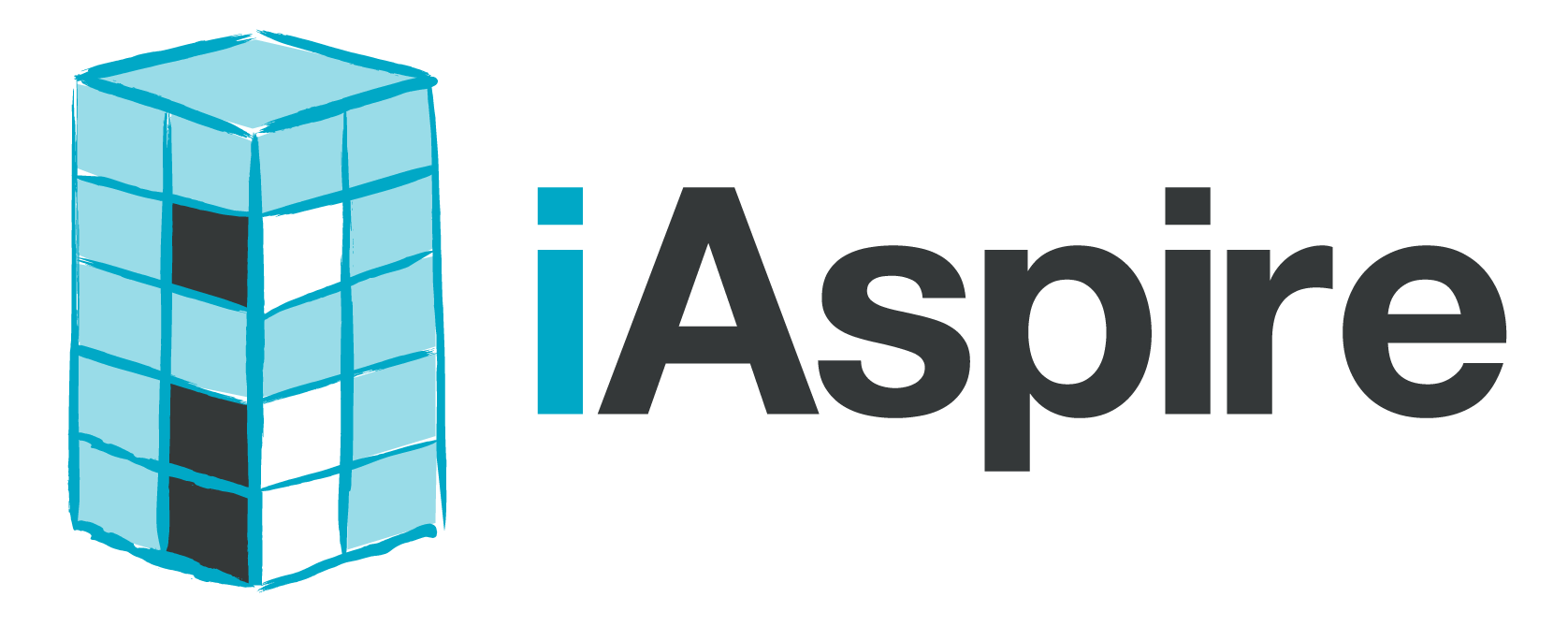Self-Reflection in Schools - A Lost Art?
Summer seems like the perfect time to do some self-reflection on the school year. The hustle and bustle of grading, lesson planning, meeting, and instructing is over, and there is finally time to think about what worked and what didn’t. However, reflection shouldn’t wait until June. Even though it can be tempting to put it off until there are fewer demands on their time, effective teachers reflect on their work often.
What to Look For: Self-reflection is most powerful when it is purposeful. Whether it’s during a lesson, in a weekly reflection journal, or while playing back a video observation, it’s important that teachers and administrators have set clear, data-driven goals that encourage effective teaching techniques, student engagement, meeting state standards, and illustrating content knowledge.
Constant Reflection: The best teachers are constantly reflecting and actively monitoring. During class, as teachers monitor the students for engagement and level of understanding, they may decide to include more instruction or encourage more active student involvement. Lessons may change during a class period or from one period to the next. This type of reflection is important, but it should be combined with other forms of reflection, too.
Notes/Journals: Reflection is even more effective when teachers use reflection journals. These journals include reflection regarding specific, data-driven goals, making the reflection more purposeful. Teachers can write daily or weekly to reflect on specific goals. They can determine which lessons were most effective, what engaged students, and how different learners responded to differentiated methods of teaching. Through journaling, teachers can discover patterns that emerge as they record their experiences over time.
Video Observations: One of the most powerful tools to aid in self-reflection is video observations. The video format allows teachers the opportunity to see what their students see. These observations are also a valuable way to reflect with peers and administrators. A series of videos shot at different periods throughout the year can make it easy to see patterns emerging and to gauge where improvement has occurred or needs to occur. And, the power of video means teachers can reflect conveniently when they have time to do it thoughtfully and purposefully.
